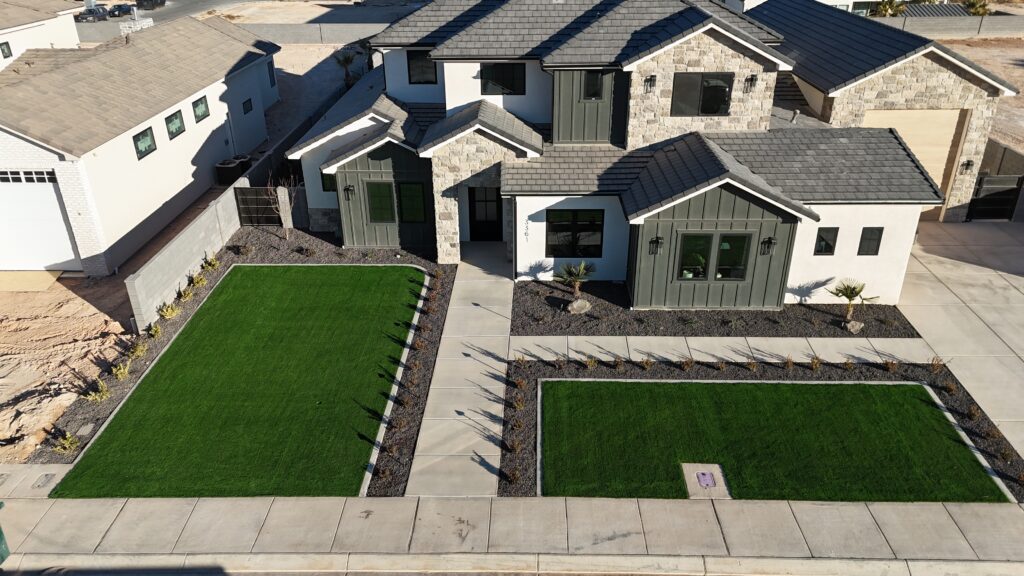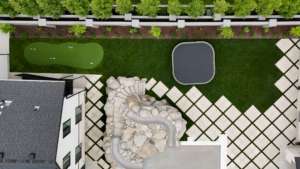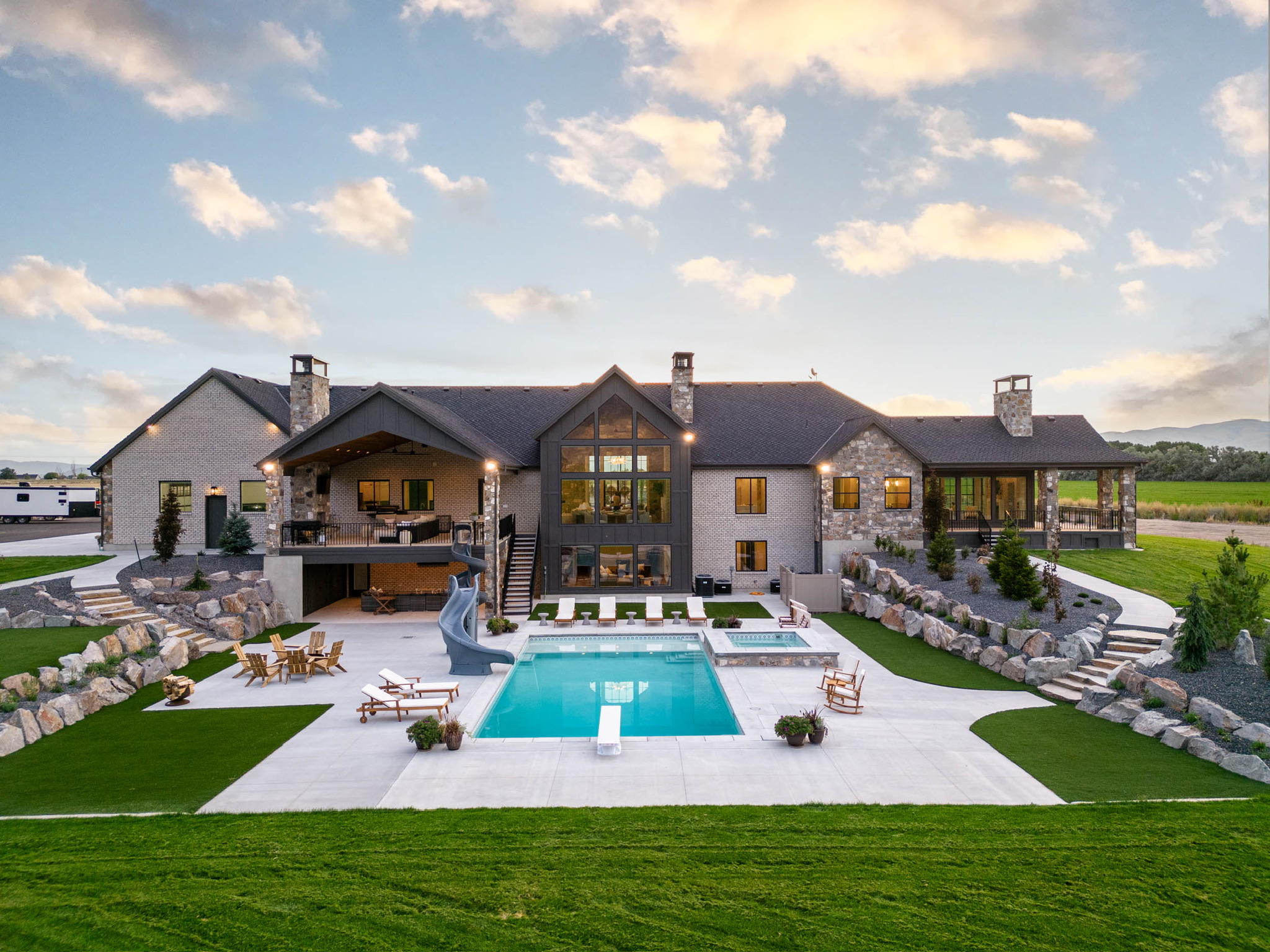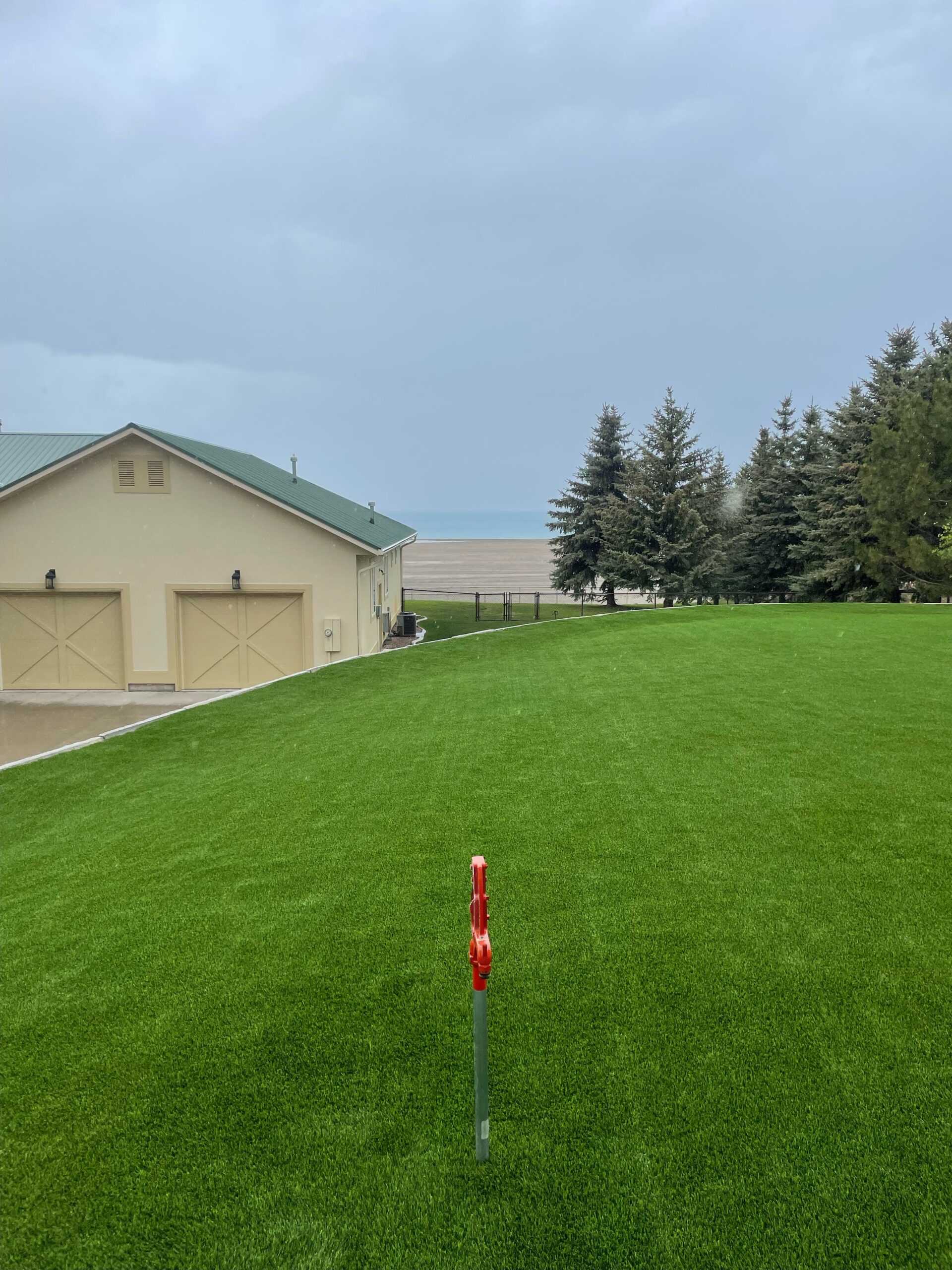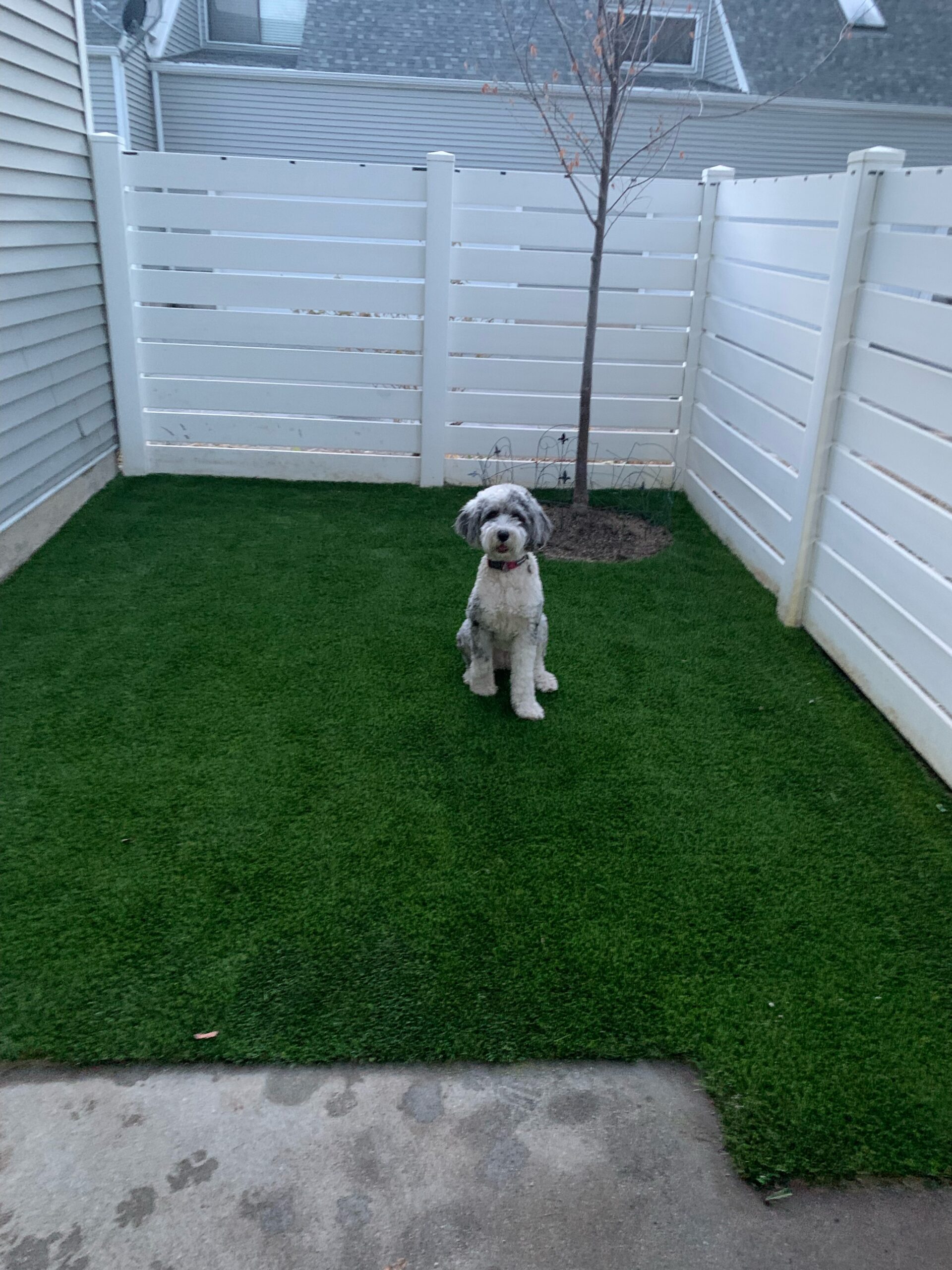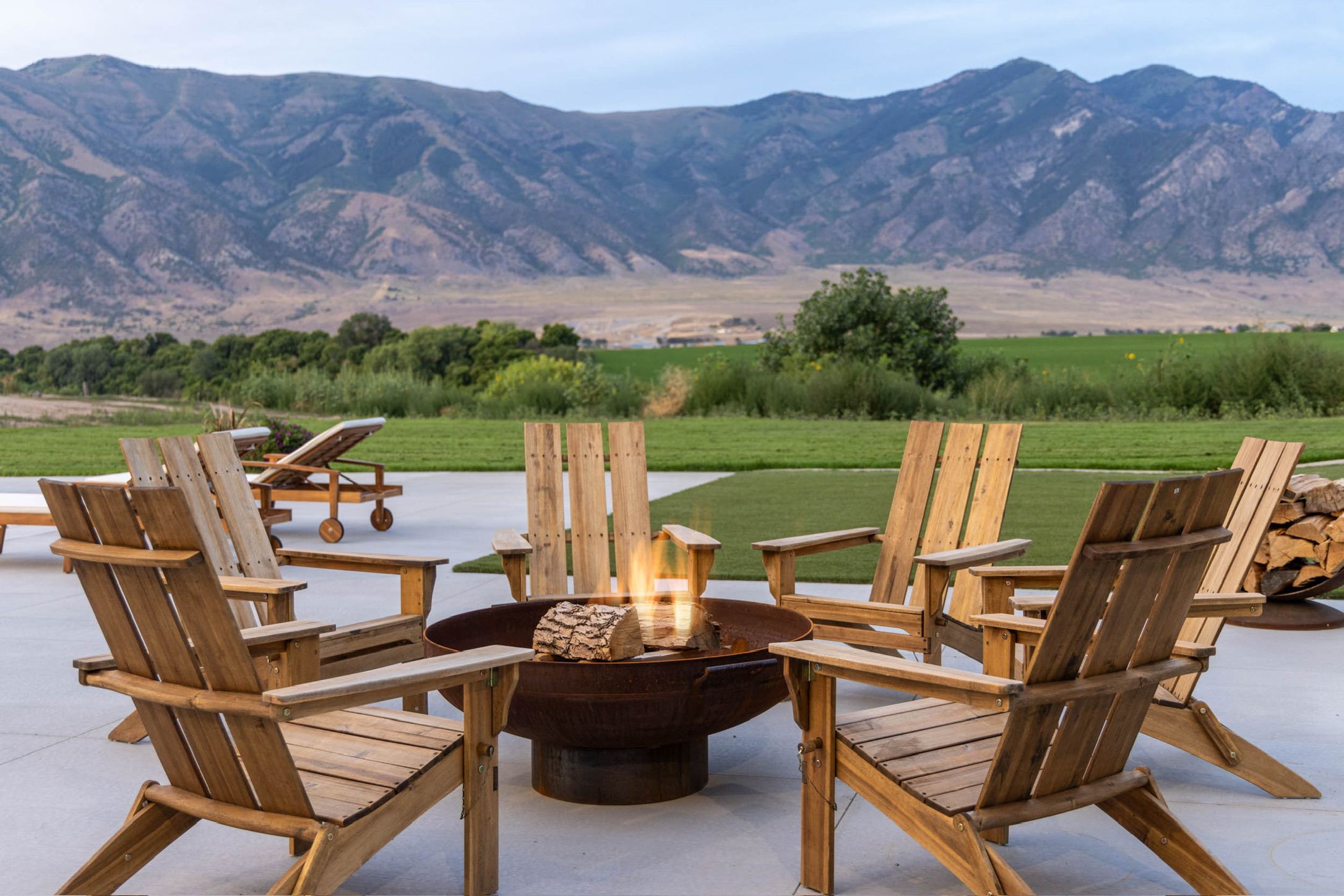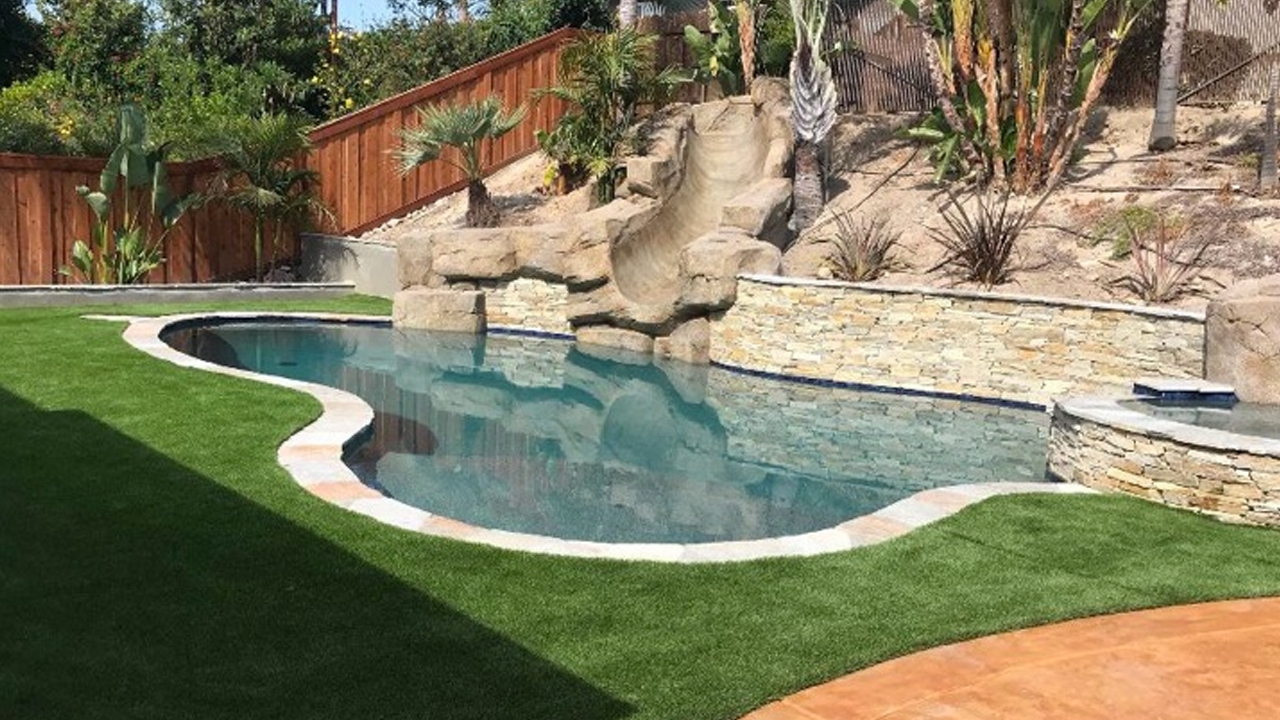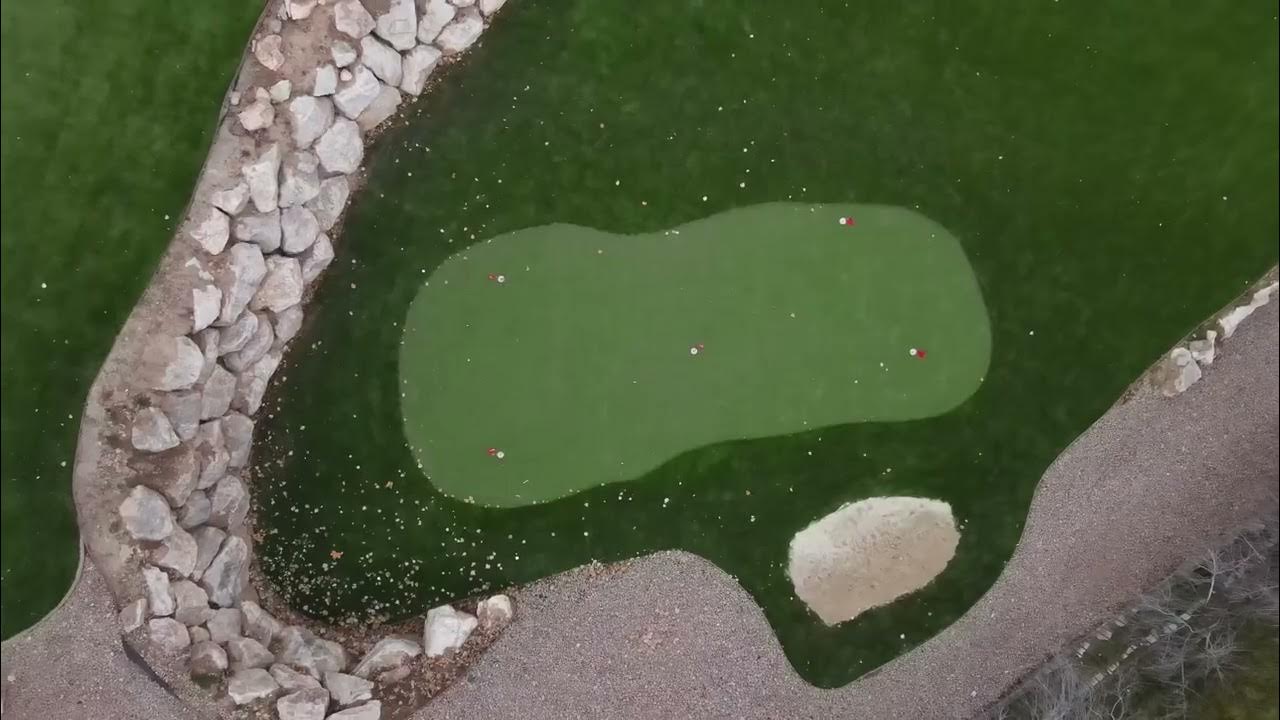As concerns about water conservation and chemical pollution grow, many homeowners, businesses, and municipalities are searching for sustainable landscaping alternatives. One solution gaining popularity is eco-friendly artificial turf, which offers significant environmental advantages over traditional grass lawns. From reducing water consumption to eliminating harmful lawn chemicals, sustainable artificial grass is turning out to be a greener choice.
How Artificial Turf Reduces Water Usage
One of the most significant artificial turf environmental benefits is its ability to drastically reduce water consumption. Natural grass lawns require frequent watering, sometimes even daily, especially in hot and arid climates. In contrast, artificial grass does not require irrigation, which leads to substantial artificial grass water savings over time.
Water-saving benefits of artificial turf:
- It lowers water bills – Homeowners and businesses can save thousands of gallons of water annually.
- It’s ideal for drought-prone areas – Communities facing water restrictions can maintain a lush, green appearance year-round.
- There’s no need for irrigation systems – Reducing the need for sprinklers and hoses helps conserve even more water.
Property owners contribute to a more sustainable future while also enjoying long-term cost savings when they choose water-saving lawn alternatives like synthetic turf.
Eliminating the Need for Harmful Lawn Chemicals
Traditional lawns require fertilizers, pesticides, and herbicides to maintain their lush, green appearance. Unfortunately, these chemicals can leach into the soil and waterways, negatively impacting the environment. Sustainable, synthetic grass lawns are chemical-free and eliminate the need for these toxic substances.
Environmental benefits of a chemical-free lawn:
- Reduces pollution – Prevents harmful chemicals from contaminating local water supplies.
- Protects local wildlife – Pesticides and herbicides can be toxic to birds, insects, and other wildlife.
- Creates a safer space for pets and children – Great for kids and pets because it provides a safe, non-toxic play area.
By switching to eco-friendly artificial turf, homeowners and businesses can maintain a pristine lawn without compromising environmental health.
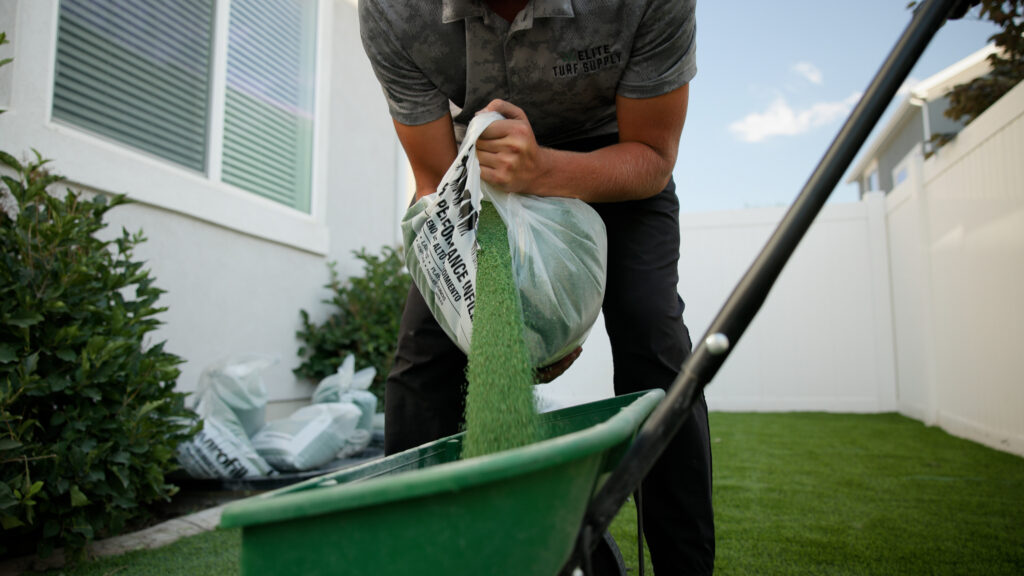
The Environmental Longevity of Synthetic Grass
Another major advantage of sustainable artificial grass is its durability. Unlike natural grass, which requires replanting, reseeding, and constant maintenance, artificial turf can last 15 to 20 years or more with proper care. This longevity means fewer resources are used over time, making it a more sustainable option.
Why artificial turf is an environmentally smart choice:
- Less landfill waste: Fewer grass clippings and maintenance-related waste.
- Energy savings: Reduces the need for gas-powered lawnmowers and other equipment.
- Recyclable materials: Many modern artificial turfs are made from recyclable and eco-conscious materials.
With fewer replacements and less maintenance, artificial turf environmental benefits extend well beyond water conservation and chemical reduction.
Benefits for Drought-Prone Areas
For states like Utah and Idaho, where water conservation is a critical concern, artificial grass saves water by eliminating the need for irrigation. This makes eco-friendly artificial grass a practical choice for homeowners, schools, parks, and businesses in arid, drought-prone regions.
Why synthetic grass is ideal for dry climates:
- Maintains a vibrant, green look regardless of rainfall levels.
- Complies with local water conservation ordinances.
- Helps communities reduce overall water consumption.
Is Artificial Turf Right for Your Green Goals?
While artificial turf reduces water use and eliminates the need for chemicals, it’s important to consider all aspects before making the switch. Some artificial turfs are made from petroleum-based materials, and older versions may not be as eco-friendly. However, advancements in sustainable artificial grass technology continue to improve its recyclability and environmental impact.
If you’re looking for an attractive, low-maintenance, and environmentally conscious alternative to traditional grass, artificial turf’s environmental benefits make it a compelling choice.
Artificial Turf Environmental Benefits: Final Thoughts
Switching to eco-friendly artificial turf is an investment in sustainability and long-term cost savings. Whether you want to cut back on your water use, eliminate chemicals, or enjoy a low-maintenance landscape, sustainable artificial grass is a smart, environmentally responsible choice.

